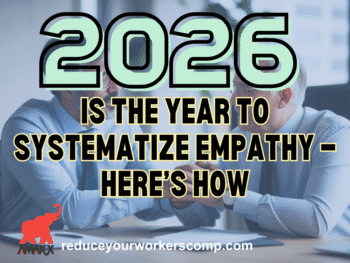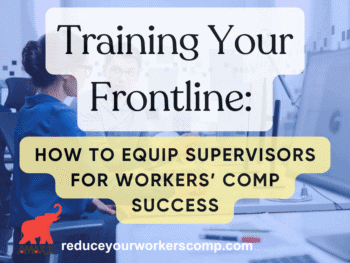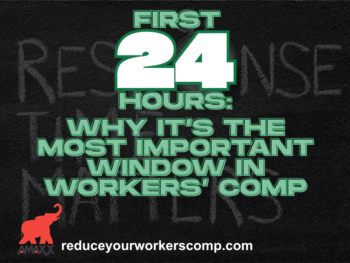Communicating safety issues effectively to a diverse workforce represents one of these challenges. As a risk management consultant for many years, I've gathered solid information and experience on the best way to communicate safety and workers' compensation (workersxzcompxzkit) messages to a large and diverse workforce, including organizations with thousands of employees with diverse backgrounds and many different job descriptions. We call this the Five/Four Method: 5 Safety Communication Techniques and 4 Safety Message Formats. Before beginning, identify your target audience and the safety message you want to give. The most important thing an employer must do before implementing any safety communication program is meet with employees and supervisors to discover their ideas on what needs to be communicated and how best to do it. Five Safety Communication Techniques First: Identify the specific message you want to communicate. Example: Is the message about getting employees to work more safely around certain equipment? Or is it to provide information on steps to take if they are injured? Second: Identify the skill set and grade level of your audience. Example: A message to the vice president level on how to improve commitment to the safety program would be presented differently than instructions to first-line employees on how to report an accident. A general rule of thumb for thinking about language levels is to keep in mind the Wall Street Journal is written at a first-year college level, while the Reader's Digest is written at a sixth grade reading level. Third: Consider the job functions and how best to get your message across. Example: Some employees might spend most of their work day in an office or one specific area of a plant. Others may spend it working in different areas of the plant or facility. Still others may spend their day driving from location to location. It's a good idea to tailor your safety message to the types of safety issues more likely to effect those employees and areas of work. Fourth: Identify the languages your employees speak. Don't assume they will be just English and/or Spanish. There can be many other languages. In many areas of the country there are large contingents of Russian speaking workers just to mention one. In addition, there are differences within languages, such as Cuban Spanish and Puerto Rican Spanish. It would not be too far off the mark to suggest management survey their workers' languages and provide all safety message as appropriate. Fifth: Consider the work environment. If you have a congenial workforce, don't use a heavy-handed communication style. Save it for a workforce where there may be a lot of discontent and resentment. Author: Robert Elliott, J.D. WC Cost Calculator to show the REAL COST of work comp. www.reduceyourworkerscomp.com/calculator.php WC 101 for the basics about workers comp. www.ReduceYourWorkersComp.com/workers_comp.php Workers' Comp Kit® is a web-based online Assessment, Benchmarking and Cost Containment system for employers. It provides all the materials needed to reduce your costs significantly in 85% less time than if you designed a program from scratch. Do not use this information without independent verification. All state laws are different. Consult with your corporate legal counsel before implementing any cost containment programs. ©2008 Amaxx Risk Solutions, Inc. All rights reserved under International Copyright Law. If you would like permission to reprint this material, contact Info@WorkersCompKit.com

















